“During the late 1920s and early 1930s, this small Coventry firm produced some of the best small sporting cars in the world, whether saloons, tourers or out-and-out sports cars.” - Michael Sedgwick & Mark Gillies, A-Z of Cars of the 1930s, Haymarket Publishing Ltd, 1989. Founded in the closing decade of the 19th Century, Riley actively participated in motor sport from its earliest days. Indeed, the first recorded track event in which a Riley was entered took place in 1899, when Robert Crossley won aboard one of the Coventry firm’s motor tricycles. The first purpose-built sporting Riley was the 10hp Speed Model of 1909. Powered by a 1.4-litre v-twin engine, the lightweight Speed Model was capable of 60mph, an outstanding achievement for a voiturette at the time. Demonstrating that the Speed Model was durable as well as fast, Stanley Riley’s won every award in its class at the 1909 Scottish Reliability Trial. Post-WWI, Riley introduced a brace of 11hp sidevalve sports models, the Two Seat and Four Seat, one of the former winning the Light Car Handicap at the Brooklands Whit Sunday Meeting in 1924 by the handsome distance of three-quarters of a mile. The excellence of its sidevalve-engined models notwithstanding, it was Riley’s introduction of the overhead-valve Nine in 1926 that heralded the era of its greatest sporting success. The heart of this all-new 9hp light car was its Percy Riley-designed four-cylinder engine. Looking to all intents and purposes like a twin-overhead-camshaft design, the Nine’s cross-flow cylinder head featured hemispherical combustion chambers and valves inclined at an included angle of 90 degrees. The twin gear-driven camshafts were mounted high in the block, operating the valves via short pushrods. The promise of this advanced design as a competition engine was soon realised by J G Parry-Thomas and Reid Railton, whose success in 1,100cc class racing at Brooklands led to the introduction of a new 9hp Speed Model, later known simply as the ‘Brooklands’. Numerous World Speed Records and famous class victories at Brooklands, Shelsley Walsh, RAC Tourist Trophy and Le Mans followed, while outright wins were secured at the Ulster TT and the JCC 1,000 Miles Race at Brooklands in 1932. Capitalising on the Brooklands Nine’s success, a Brooklands Six on a longer (9’) wheelbase chassis was announced in 1932, but in the event only two were built. Its unnamed successor was completed in time for the 1933 TT. Five chassis were constructed and numbered ‘4/101’ - ‘4/106’, five of which had a wheelbase of 8’ 1.5” and the sixth, forerunner of the proposed Grebe model, a wheelbase of 8’ 6”. The TT model’s six-cylinder 1,486cc engine and Riley ‘Silent Third’ gearbox were similar to those of the Brooklands Six; the chassis though, was considerably shorter and supported the aluminium-panelled bodywork on a tubular-steel subframe. Two of the TT Sixes - ‘4/101’, registered ‘KV 5694’ and ‘4/105’, registered ‘KV 6079’ - later served as prototypes for the forthcoming MPH sports model. Four of these new TT Sixes were entered by the works in the 1933 RAC Tourist Trophy Race, including ‘4/104’, the car offered here, the best of which, driven by 1932 TT-winner C R Whitcroft, finished in 8th place overall and 1st in the 1,500cc class. The first Riley home was the Nine driven by the legendary F W ‘Freddie’ Dixon, pioneering motorcycle racer, engineer, designer and two-time Isle of Man TT winner, who would later drive ‘4/104’. The car’s accompanying FIA papers record wins at the Brooklands 500 in 1934 and ’36, 1st place in the Empire Trophy and 2nd place in the International Trophy, Brooklands in 1935, in which year it also recorded a 134mph lap of the Weybridge circuit. Much photographed in the motoring press during this period, ‘4/104’ also participated in three South African Grands Prix pre-war and three Australian GPs after WW2. Restored over the period 1972-1986, ‘4/104’ currently has a Riley 2-litre six-cylinder engine installed an
“During the late 1920s and early 1930s, this small Coventry firm produced some of the best small sporting cars in the world, whether saloons, tourers or out-and-out sports cars.” - Michael Sedgwick & Mark Gillies, A-Z of Cars of the 1930s, Haymarket Publishing Ltd, 1989. Founded in the closing decade of the 19th Century, Riley actively participated in motor sport from its earliest days. Indeed, the first recorded track event in which a Riley was entered took place in 1899, when Robert Crossley won aboard one of the Coventry firm’s motor tricycles. The first purpose-built sporting Riley was the 10hp Speed Model of 1909. Powered by a 1.4-litre v-twin engine, the lightweight Speed Model was capable of 60mph, an outstanding achievement for a voiturette at the time. Demonstrating that the Speed Model was durable as well as fast, Stanley Riley’s won every award in its class at the 1909 Scottish Reliability Trial. Post-WWI, Riley introduced a brace of 11hp sidevalve sports models, the Two Seat and Four Seat, one of the former winning the Light Car Handicap at the Brooklands Whit Sunday Meeting in 1924 by the handsome distance of three-quarters of a mile. The excellence of its sidevalve-engined models notwithstanding, it was Riley’s introduction of the overhead-valve Nine in 1926 that heralded the era of its greatest sporting success. The heart of this all-new 9hp light car was its Percy Riley-designed four-cylinder engine. Looking to all intents and purposes like a twin-overhead-camshaft design, the Nine’s cross-flow cylinder head featured hemispherical combustion chambers and valves inclined at an included angle of 90 degrees. The twin gear-driven camshafts were mounted high in the block, operating the valves via short pushrods. The promise of this advanced design as a competition engine was soon realised by J G Parry-Thomas and Reid Railton, whose success in 1,100cc class racing at Brooklands led to the introduction of a new 9hp Speed Model, later known simply as the ‘Brooklands’. Numerous World Speed Records and famous class victories at Brooklands, Shelsley Walsh, RAC Tourist Trophy and Le Mans followed, while outright wins were secured at the Ulster TT and the JCC 1,000 Miles Race at Brooklands in 1932. Capitalising on the Brooklands Nine’s success, a Brooklands Six on a longer (9’) wheelbase chassis was announced in 1932, but in the event only two were built. Its unnamed successor was completed in time for the 1933 TT. Five chassis were constructed and numbered ‘4/101’ - ‘4/106’, five of which had a wheelbase of 8’ 1.5” and the sixth, forerunner of the proposed Grebe model, a wheelbase of 8’ 6”. The TT model’s six-cylinder 1,486cc engine and Riley ‘Silent Third’ gearbox were similar to those of the Brooklands Six; the chassis though, was considerably shorter and supported the aluminium-panelled bodywork on a tubular-steel subframe. Two of the TT Sixes - ‘4/101’, registered ‘KV 5694’ and ‘4/105’, registered ‘KV 6079’ - later served as prototypes for the forthcoming MPH sports model. Four of these new TT Sixes were entered by the works in the 1933 RAC Tourist Trophy Race, including ‘4/104’, the car offered here, the best of which, driven by 1932 TT-winner C R Whitcroft, finished in 8th place overall and 1st in the 1,500cc class. The first Riley home was the Nine driven by the legendary F W ‘Freddie’ Dixon, pioneering motorcycle racer, engineer, designer and two-time Isle of Man TT winner, who would later drive ‘4/104’. The car’s accompanying FIA papers record wins at the Brooklands 500 in 1934 and ’36, 1st place in the Empire Trophy and 2nd place in the International Trophy, Brooklands in 1935, in which year it also recorded a 134mph lap of the Weybridge circuit. Much photographed in the motoring press during this period, ‘4/104’ also participated in three South African Grands Prix pre-war and three Australian GPs after WW2. Restored over the period 1972-1986, ‘4/104’ currently has a Riley 2-litre six-cylinder engine installed an

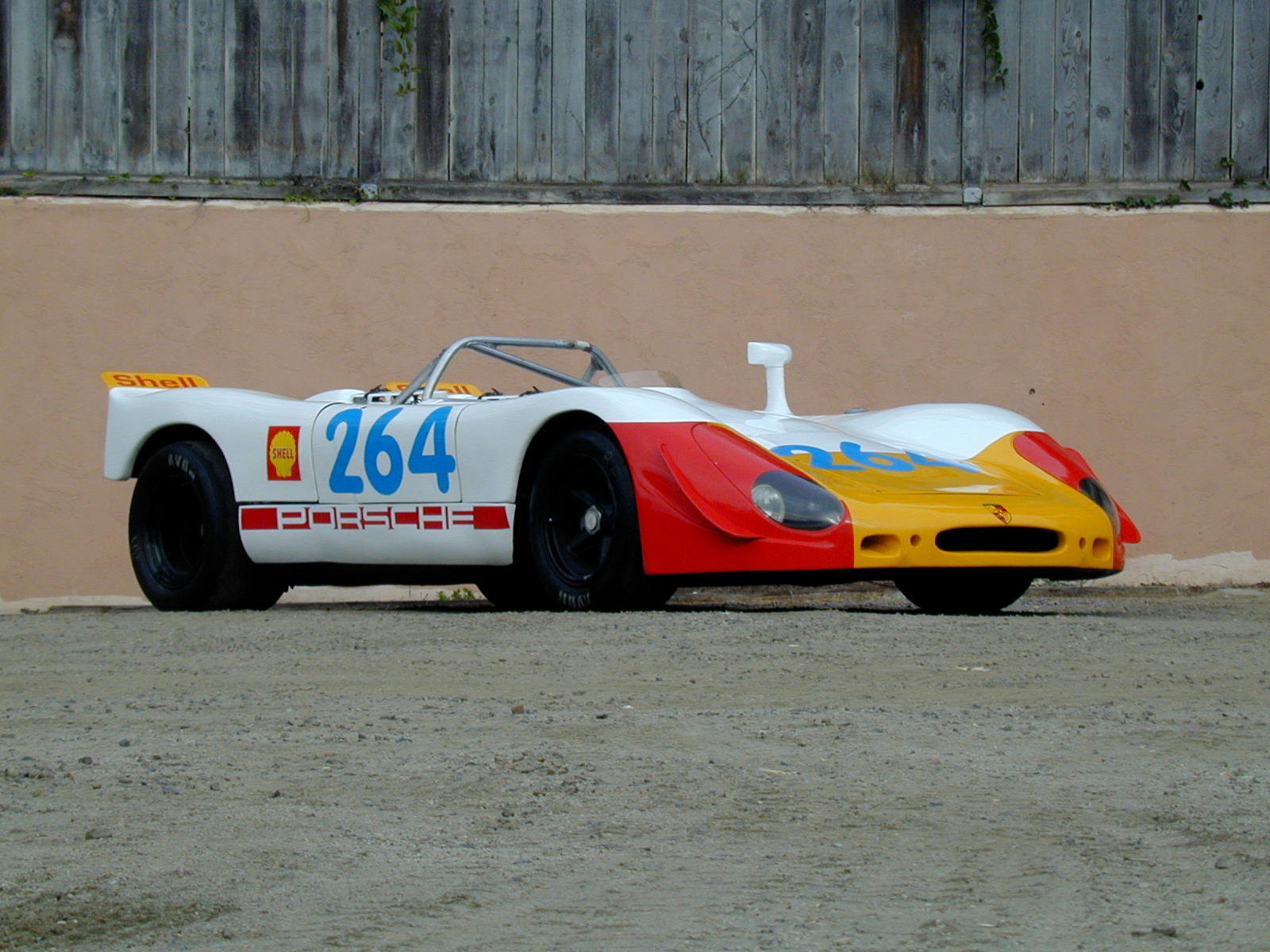
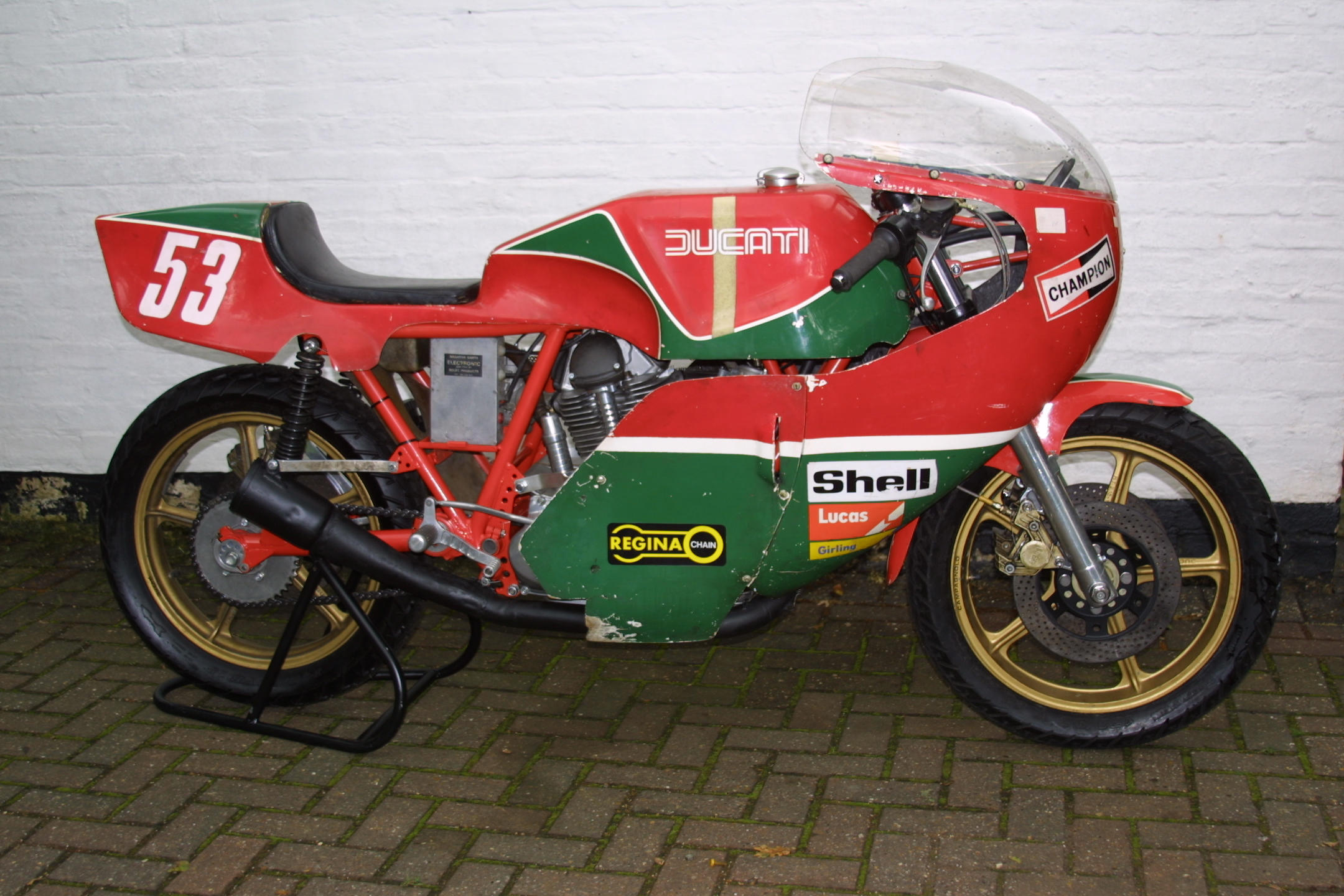
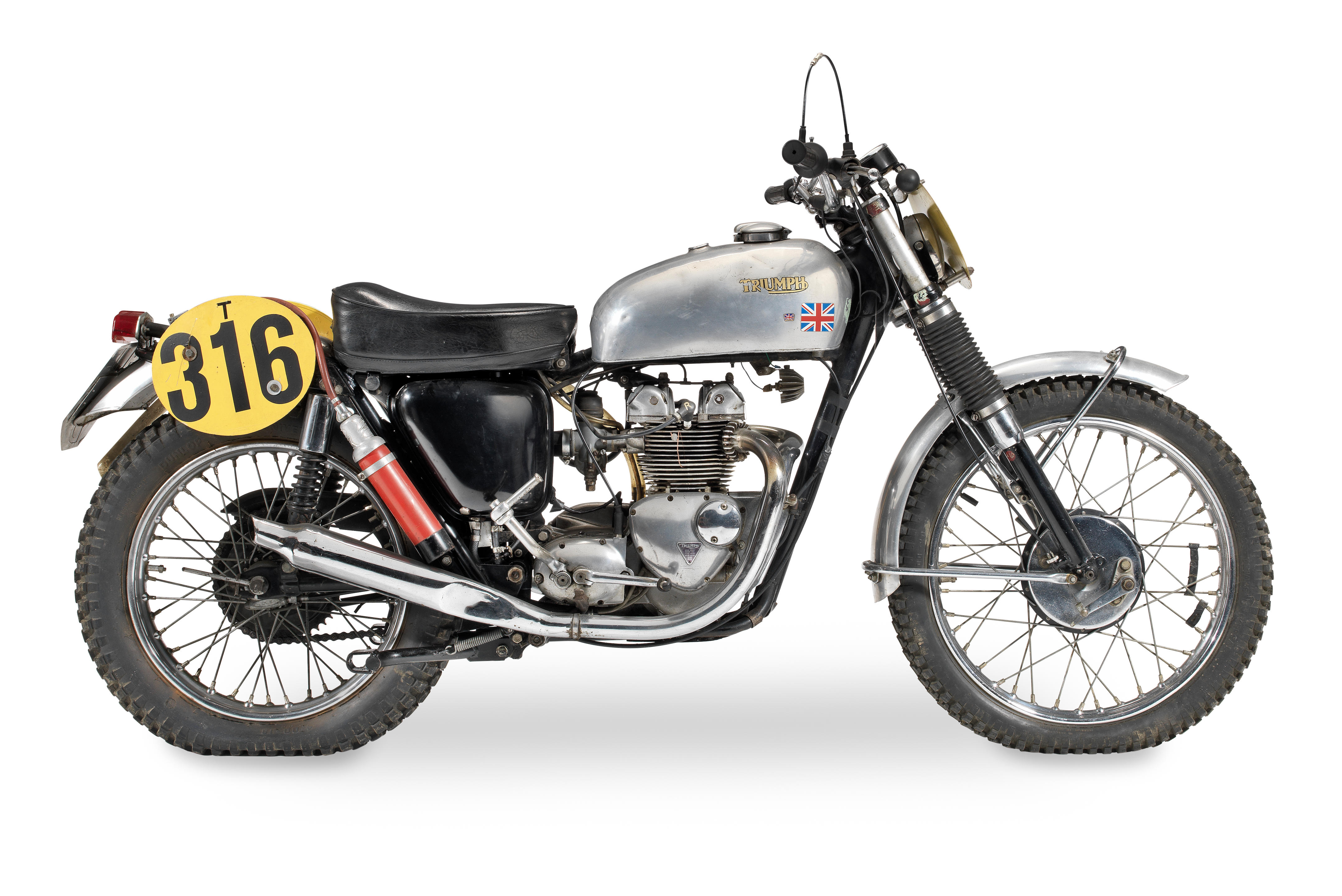
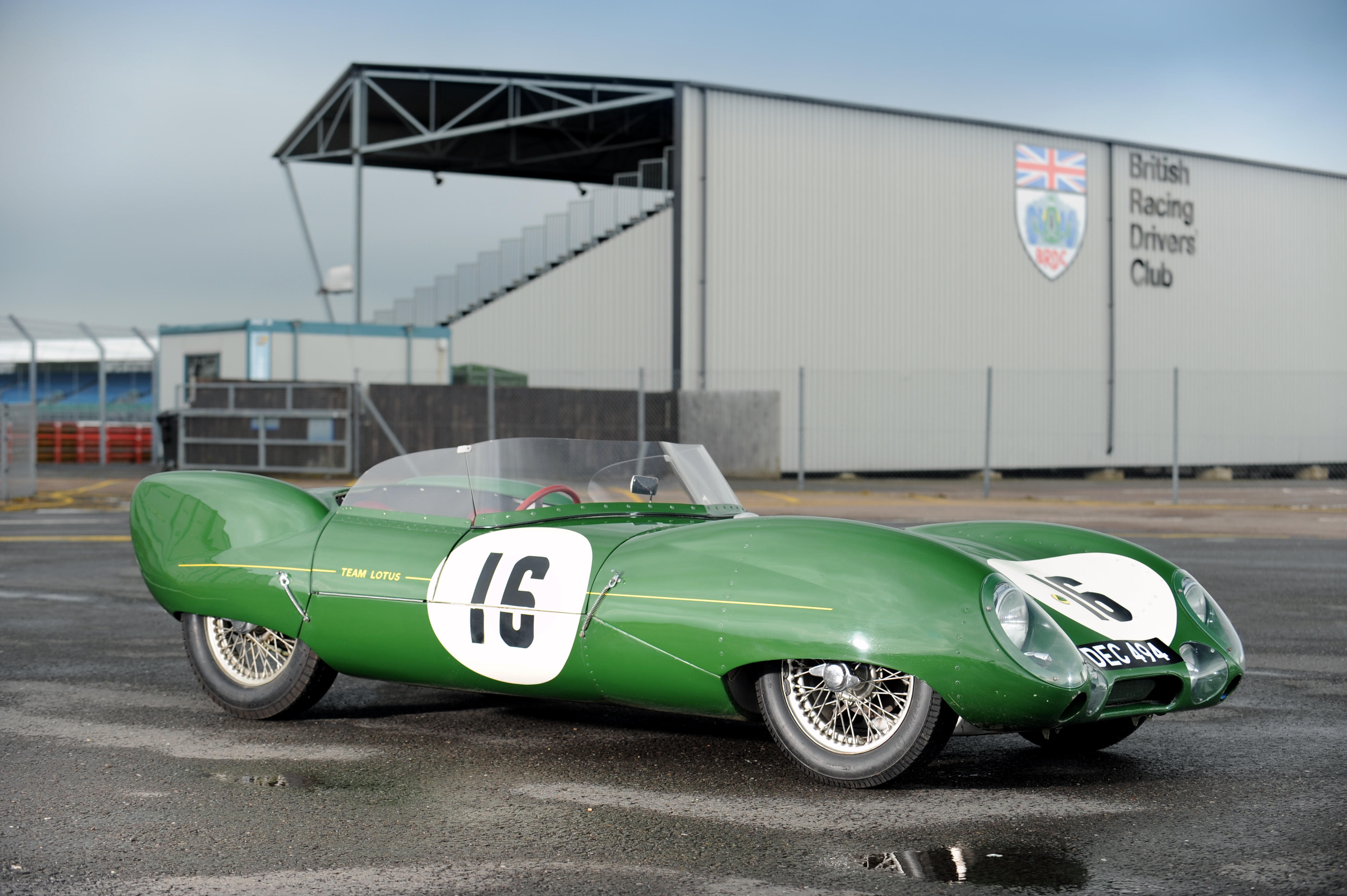



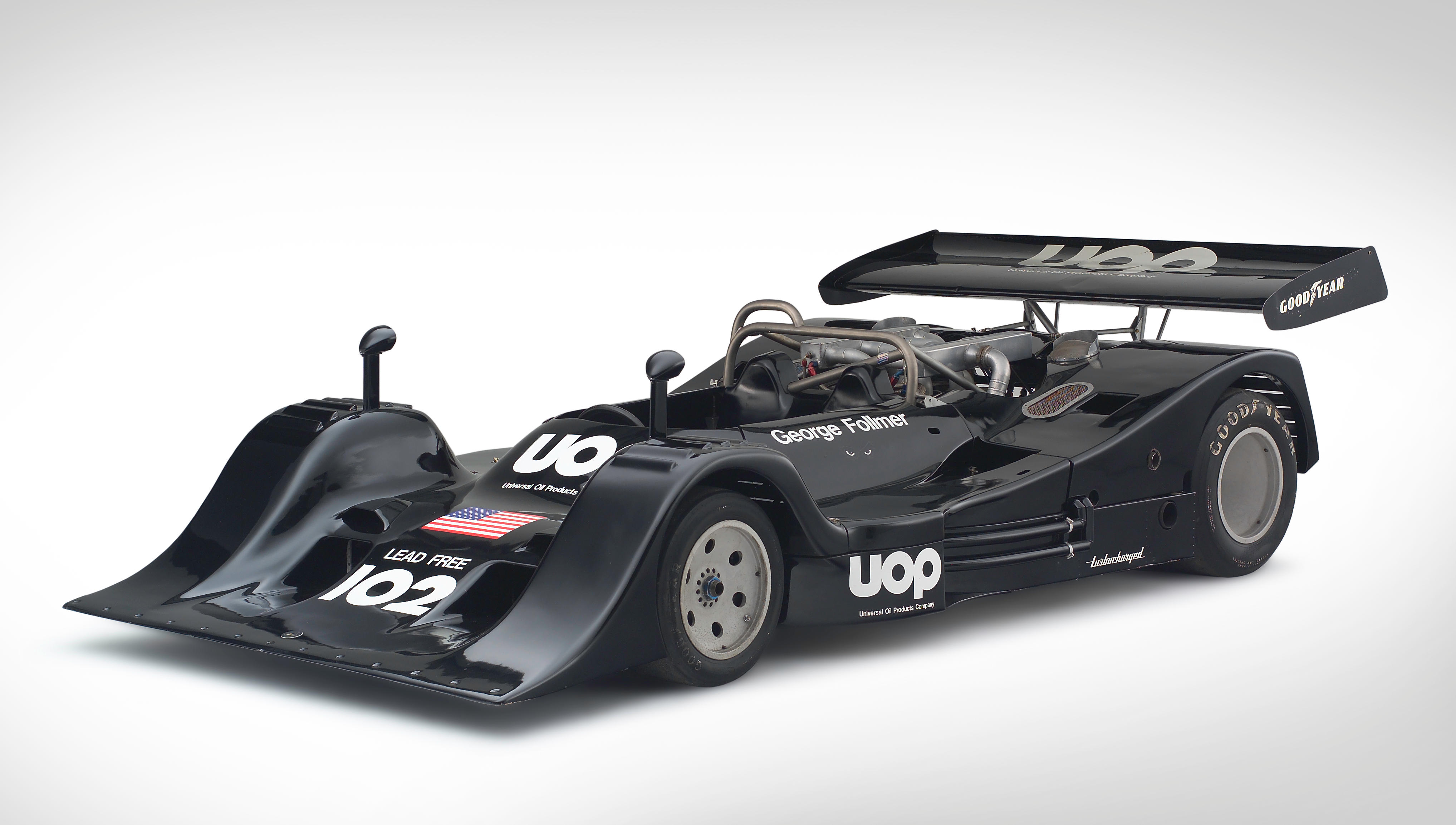

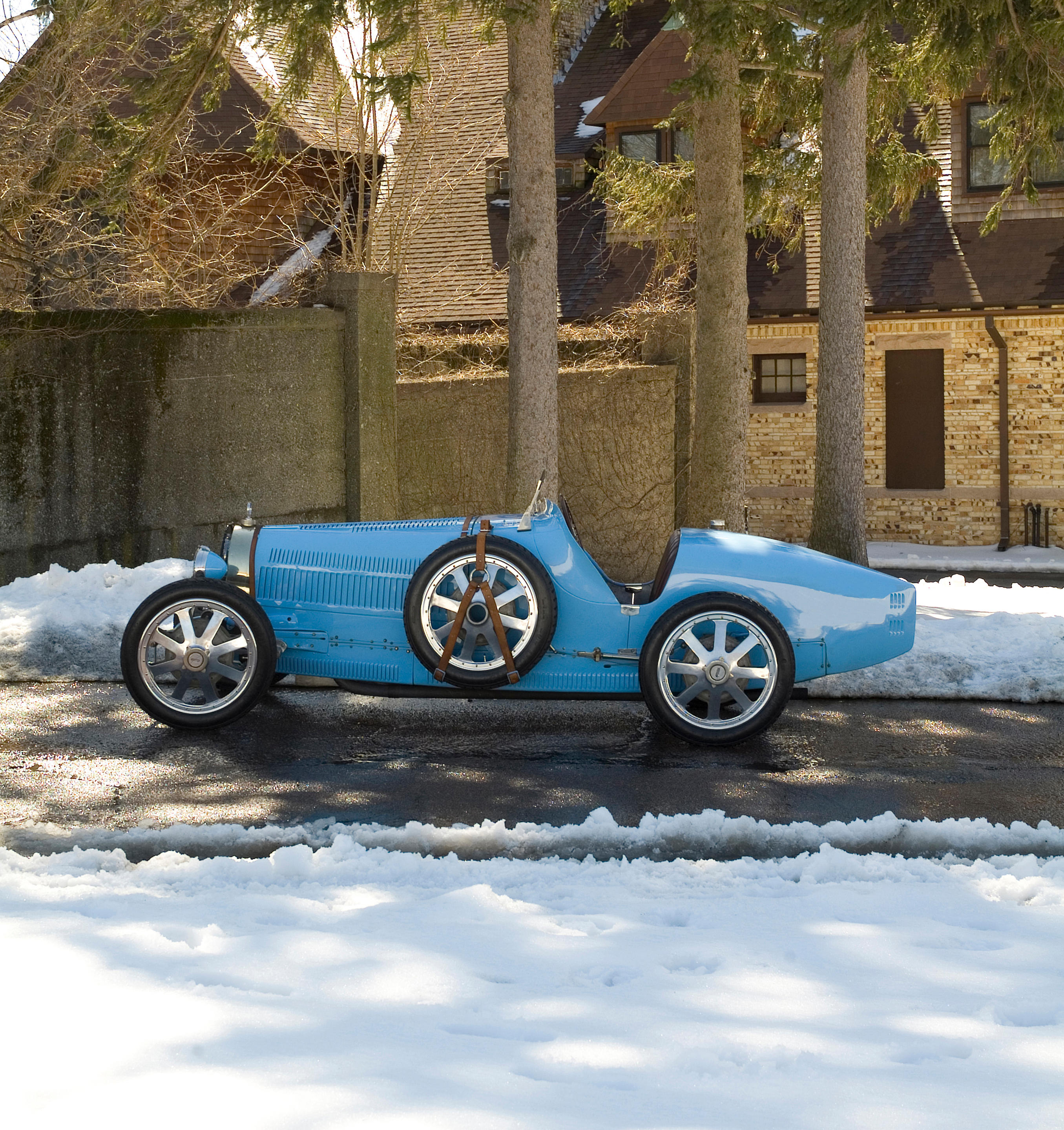
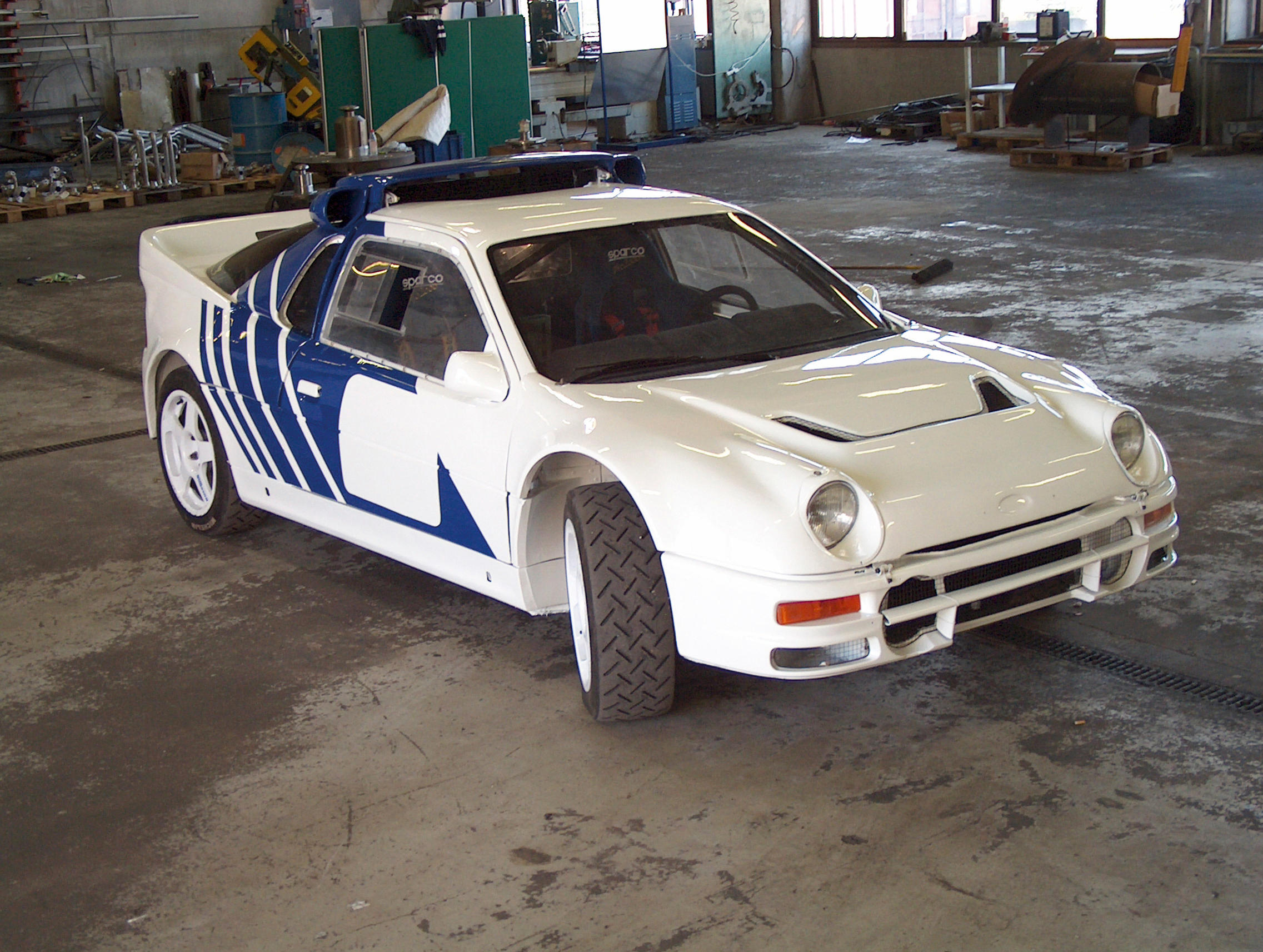


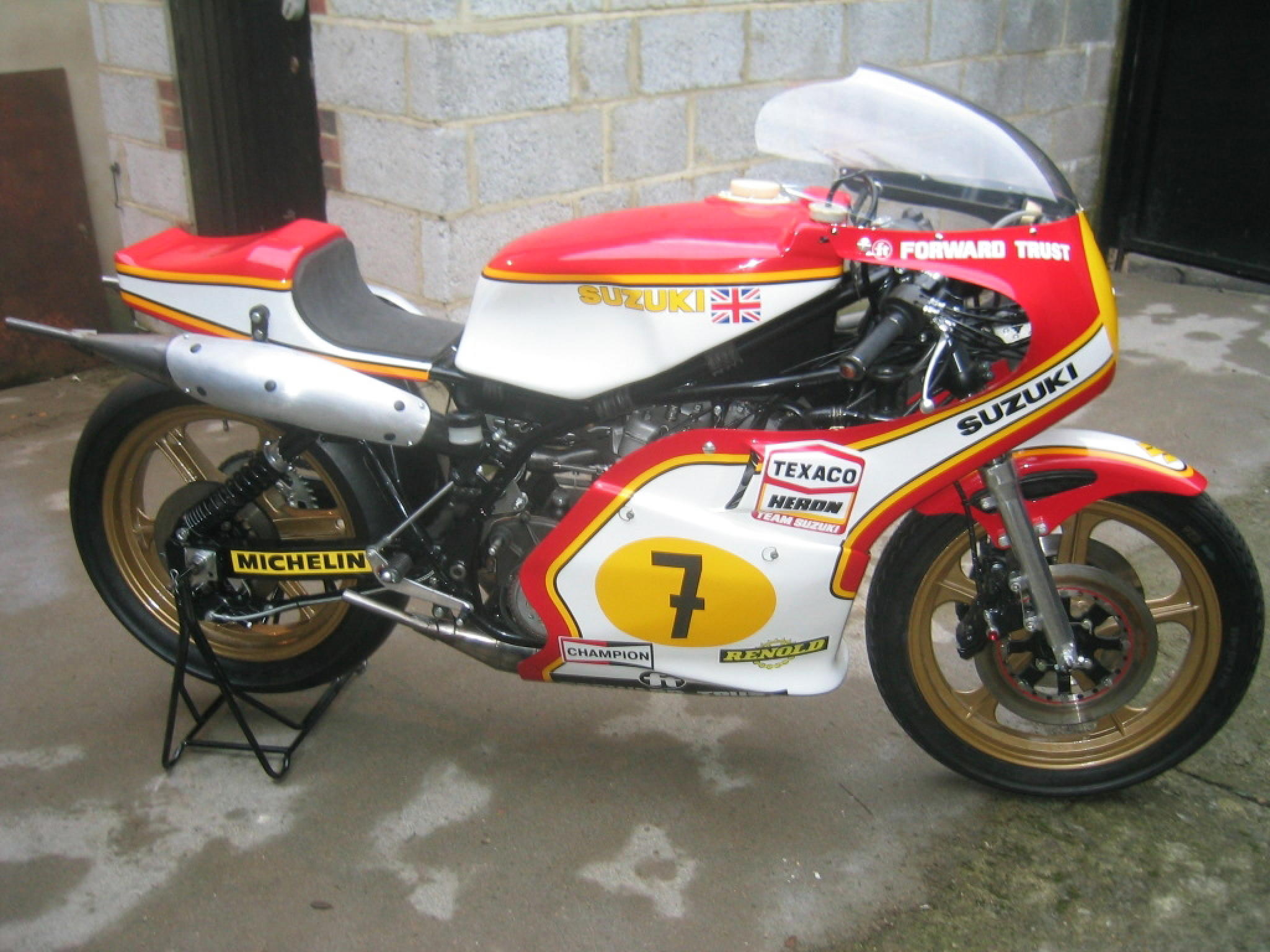
Testen Sie LotSearch und seine Premium-Features 7 Tage - ohne Kosten!
Lassen Sie sich automatisch über neue Objekte in kommenden Auktionen benachrichtigen.
Suchauftrag anlegen